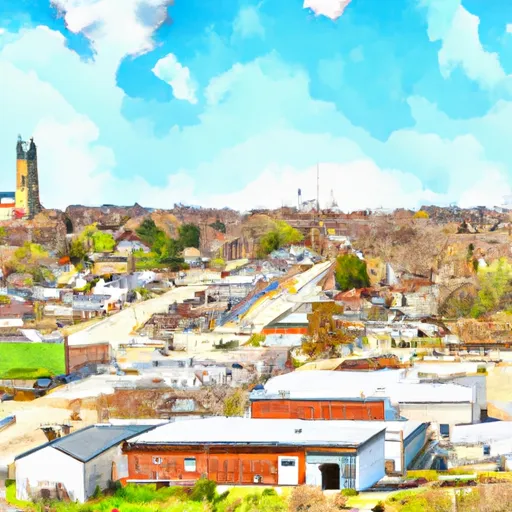°F
°F
mph
Windspeed
%
Humidity











Wentworth, Missouri is a small town located in the southwestern part of the state. The climate in Wentworth is characterized by hot summers and mild winters. Summers are typically hot and humid, with temperatures often exceeding 90 degrees Fahrenheit. Winters are mild with temperatures ranging from 30 to 50 degrees Fahrenheit. The town experiences moderate rainfall throughout the year, with the wettest months being in the spring and fall.
Wentworth is situated near several water bodies, including nearby lakes, rivers, and streams. These hydrology constituents provide ample opportunities for outdoor water recreation, such as fishing, boating, and swimming. Lake Wentworth is a popular destination for anglers, known for its abundant fish species like bass and crappie. The nearby Sac River is also a favorite spot for canoeing and kayaking enthusiasts.
In addition to water activities, Wentworth offers several outdoor recreation opportunities. The town is surrounded by picturesque landscapes, making it perfect for hiking, camping, and nature exploration. There are numerous trails and parks in the area, allowing visitors to admire the natural beauty and wildlife of Wentworth. Overall, Wentworth provides a pleasant climate, diverse hydrology constituents, and abundant outdoor recreation opportunities for nature lovers and outdoor enthusiasts.
Weather Forecast
Wentworth receives approximately 1132mm of rain per year, with humidity levels near 80% and air temperatures averaging around 14°C. Wentworth has a plant hardyness factor of 6, meaning plants and agriculture in this region thrive during a short period during spring and early summer. Most plants will die off during the colder winter months.
Regional Streamflow Levels
252
Cubic Feet Per Second
34
Cubic Feet Per Second
15
Cubic Feet Per Second
124
Cubic Feet Per Second
Nearby Camping
| Camping Area | Reservations | Toilets | Showers |
|---|---|---|---|
| Cossatot Falls - Cossatot River State Park | |||
| Cossatot Reefs - Gillham Lake | |||
| Shady Lake | |||
| Nashville City Park | |||
| Little Coon Creek - Gillham Lake | |||
| Blue Ridge - Dierks Lake |



